What is the difference between 201 stainless steel and 304 stainless steel?
 What is the difference between 201 st...
What is the difference between 201 st...After plastic bending and unloading of the pipe, the common quality defects are: springback, cross-sectional distortion, thinning or even breaking of the outer pipe wall, and thickening or even wrinkling of the inner pipe wall. Different measures are taken to prevent the occurrence of defects according to different defect causes.
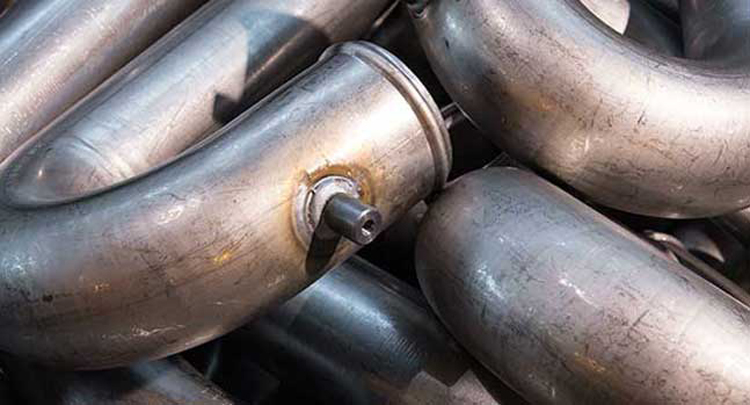
1. After plastic bending and unloading of the pipe, the common quality defects are:
(1) Rebound
(2) Cross-sectional distortion
(3) The outer tube wall is thinned or even broken
(4) The inner tube wall is thickened or even wrinkled
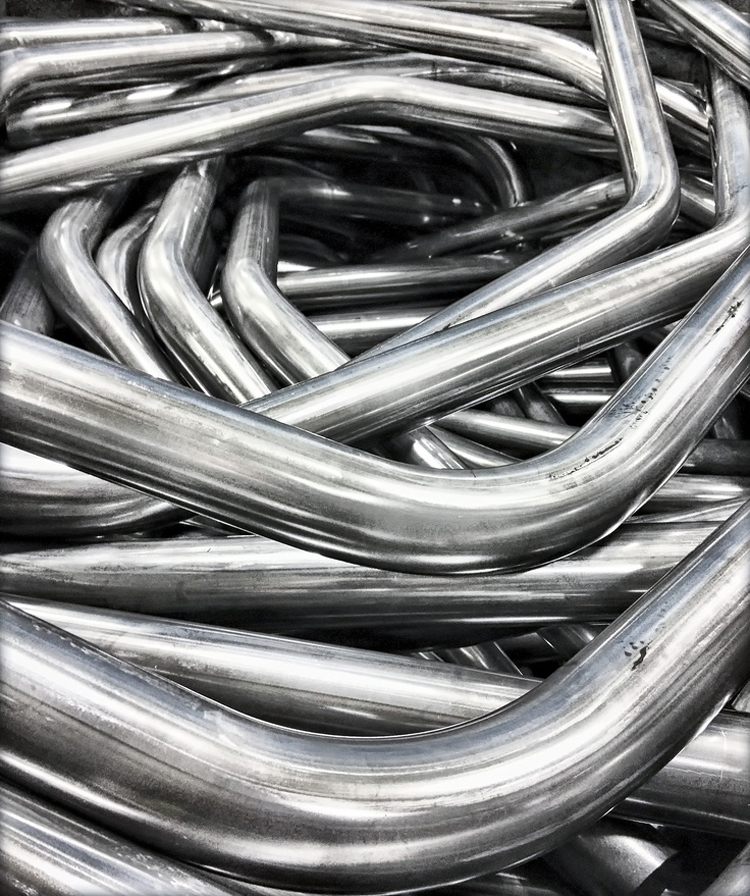
Under the condition that the outer wall is not broken and the inner wall is not wrinkled, the performance of elbow forming is mainly evaluated from the following two aspects:
(1) The local shape and size accuracy of the bending deformation part is mainly evaluated by the outer wall thinning rate and the cross-sectional distortion rate.
(2) The overall shape and dimensional accuracy of the pipe after bending and forming is mainly based on the rebound rate after bending deformation as an evaluation index.
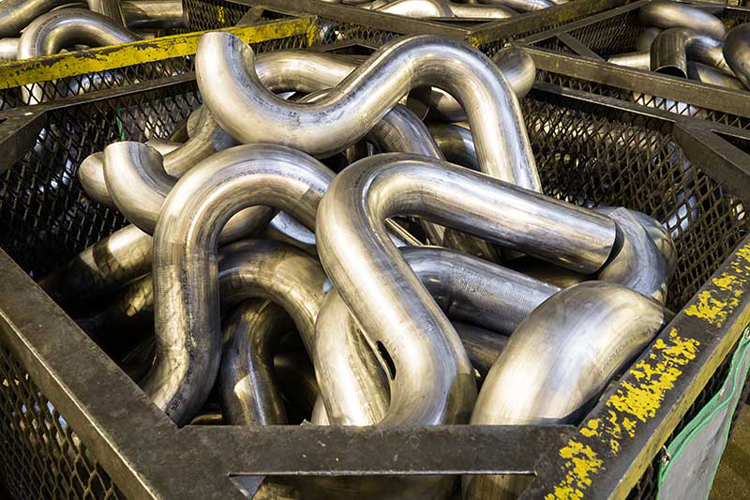
The springback is caused by the elastic recovery of the material in the elastic deformation zone and the elastic recovery of the elastically deformed part of the material in the plastic deformation zone.
After the pipe is bent and unloaded, the actual bending angle θ' of the resilient pipe is smaller than the pre-bending forming angle θ.
Springback directly affects the shape and dimensional accuracy of elbow fittings, reduces assembly efficiency, and may cause excessive residual stress, affecting the reliability of parts and the entire structure.
In actual production, measures such as annealing treatment and springback compensation are often used to compensate for the bending angle error caused by springback.

During the plastic bending process of the pipe, the existence of internal stress will distort the cross section of the pipe arc.
Usually, the long-axis change rate θl and the short-axis change rate θs are used to characterize the degree of cross-sectional distortion.
For bending with a mandrel, the material on the side close to the bending die is subjected to the combined action of the mandrel and the bending die, and the deformation is very small and can be ignored. The outer material is only supported by the mandrel, and the distortion is more obvious.
For coreless elbows, the degree of distortion may be exacerbated because there is no internal support.
For pipes with severe cross-section distortion, when coreless bending is performed, the die can be designed with an anti-deformation groove structure to reduce the degree of distortion during bending.
For the bending of the mandrel, the wear of the mandrel should be checked in time to ensure that the bilateral gap between the mandrel and the inner wall of the pipe fitting is not greater than 0.3mm, and an appropriate amount of mandrel protrusion should be set at the same time.
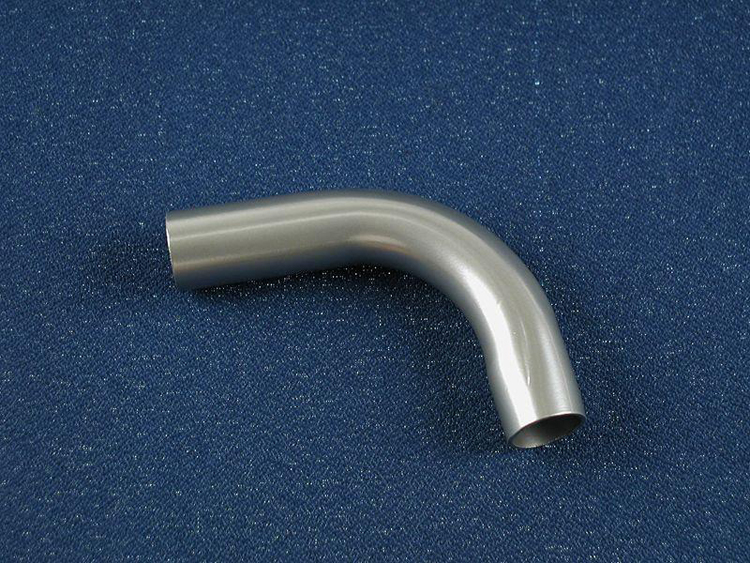
During the plastic bending process of the pipe, the wall thickness of the outer material under tension is reduced, and the inner material is thicker under compression.
Usually, the wall thickness reduction rate Δt1 and the thickening rate Δt2 are used to check the change of the wall thickness of the elbow.
When the wall thickness reduction rate △t1 is too large, cracks will occur on the outermost pipe wall, and the product will not meet the requirements and will be scrapped.
When the wall thickness thickening rate Δt2 is too large, it exceeds the compression instability limit of the material and causes wrinkling, and the pipe fittings also fail to meet the technical requirements.
The thickness change of the pipe wall is affected by the comprehensive influence of geometric parameters, material parameters and process parameters. Usually, in order to reduce the thinning rate of the wall thickness, a thrust can be added on the outside of the pipe to push the material to flow from the non-deformed zone to the deformed zone, so as to achieve the purpose of reducing the thinning rate of the outer wall.

During the plastic bending process of the pipe, the outer side wall is prone to cracks or fractures, especially for thin-wall bending.
The reasons for the cracking of the outer wall are:
● Improper heat treatment of pipes
● The pressure of the die is too large, and the flow resistance of the material during the bending process of the pipe is too large.
● The gap between the mandrel and the inner wall of the pipe is too small, resulting in too much friction.
● The mandrel protrudes too much, etc.
In order to prevent the outer wall of the pipe from cracking, in addition to the factors of heat treatment and the material itself, the pressure of the die, the clearance of the inner wall, the extension of the mandrel and the lubrication need to be checked.
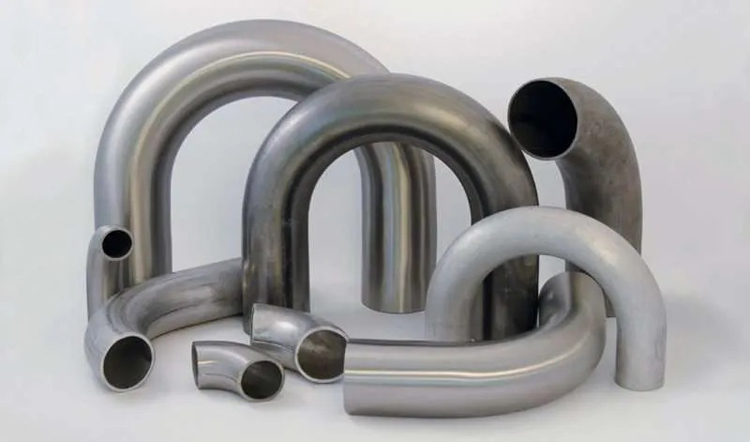
The wrinkling of the elbow mainly occurs on the inner bending side, which is usually divided into 3 situations:
(1) Wrinkling at the front tangent point
(2) Wrinkling at the rear tangent point
(3) Full wrinkling on the inside of the arc
● Wrinkling at the front tangent point is generally due to the too small elongation of the mandrel during installation, and the pipe wall cannot be supported by the mandrel during the bending process.
● The wrinkling at the rear tangent point is generally due to the absence of an anti-wrinkle mold or the wrong installation position of the anti-wrinkle mold.
● The reasons for full wrinkling are more complicated, mainly due to:
○ The position of the anti-wrinkle die is at the back or the size of the groove is too large, and the anti-wrinkle die cannot support the pipe wall.
○ The pressure of the die is too small, and the gap between the pipe and the anti-wrinkle die is too large.
○ The diameter of the mandrel is too small and the position is unreasonable, etc.
In order to prevent the inner side of the elbow from wrinkling, if the front tangent is wrinkled, the position of the mandrel should be adjusted forward; if the rear tangent is wrinkled, an anti-wrinkle die should be installed, and a reasonable inclination angle and die pressure should be adjusted; , In addition to adjusting the pressure of the die, the diameter of the mandrel should also be checked. If the diameter is too small or the wear is serious, it needs to be replaced in time.
 What is the difference between 201 st...
What is the difference between 201 st... Why is 316 stainless steel better tha...
Why is 316 stainless steel better tha... 400 series stainless steel science
40...
400 series stainless steel science
40... How to distinguish the processing tec...
How to distinguish the processing tec... Non-standard design materials of bras...
Non-standard design materials of bras... What type of titanium alloy does Tc4 ...
What type of titanium alloy does Tc4 ...